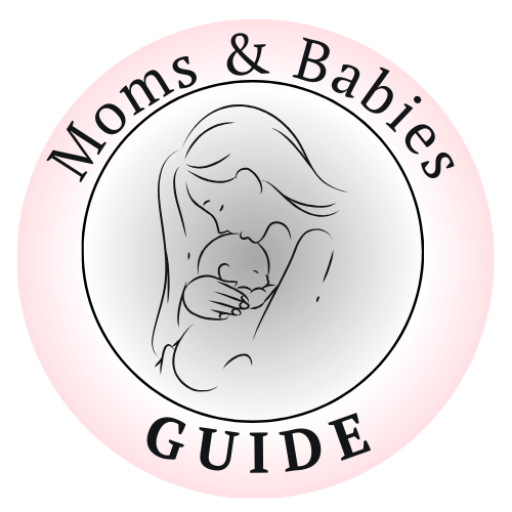Starting solids is an exciting milestone for you and your baby. Watching them taste their first bites is a moment you’ll never forget—but knowing when and how to start can feel overwhelming at first.
This blog will help guide you through the transition from milk to solids with confidence and clarity.
When Is Your Baby Ready for Solids?
Most babies are ready to begin solids around 6 months of age. However, developmental readiness is more important than age.
Signs your baby may be ready:
- Sits up well with little support
- Has good head and neck control
- Shows interest in food (reaching, watching you eat)
- Diminished tongue-thrust reflex (doesn’t push food out)
If you’re unsure, check with your pediatrician before introducing any solids.
How to Start Solid Foods Safely
Begin with a simple, single-ingredient puree or soft food. Iron-rich foods are recommended first since babies’ iron stores start to deplete around 6 months.
Great first foods include:
- Iron-fortified baby cereal
- Mashed avocado
- Steamed and mashed carrots or sweet potato
- Banana or applesauce
- Pureed peas or green beans
Start small: 1–2 teaspoons once a day after a bottle or nursing session. Gradually increase quantity and frequency.
Preparing Baby’s First Meals
Keep it simple. Steam, mash, or puree foods without adding salt, sugar, or honey.
Safe feeding tips:
- Use a high chair with back support
- Offer food with a soft-tipped baby spoon
- Let your baby touch, play, and explore the food
- Always supervise during meals
Mealtime is messy—but also educational and fun!
Tracking Allergies and Food Reactions
Introduce one new food at a time and wait 3 to 5 days before adding another. This helps you identify any allergic reactions, which may include:
- Rash
- Diarrhea
- Vomiting
- Wheezing or swelling
Call your doctor right away if you suspect a reaction. Common allergens like peanuts, eggs, dairy, and wheat can be introduced after initial first foods, but always one at a time.
Create a Routine with Solids
As your baby gets used to eating, add solids to a consistent daily rhythm. Around 7–8 months, babies can typically handle:
- 2 solid food meals per day
- A mix of purées and soft finger foods
- Thicker textures as they learn to chew
By 9–12 months, three meals and small snacks may become the norm.
Remember, breast milk or formula remains the primary source of nutrition through the first year.
🥄 Introducing solids? Learn every step with helpful charts and advice inside The Ultimate Guide for Moms and Babies — your go-to reference for baby feeding, routines, and milestone tracking.
Baby-Led Weaning vs. Traditional Feeding
You may hear about baby-led weaning (BLW)—an approach where babies feed themselves soft finger foods instead of purées.
Pros:
- Encourages independence
- Promotes motor skill development
- Less prep and spoon-feeding
Just ensure:
- Foods are soft enough to squish with fingers
- Items are cut into appropriate sizes to prevent choking
- You follow your baby’s cues and comfort level
You can also combine both BLW and traditional spoon-feeding. Do what feels right for your family.
Making Meals a Positive Experience
The goal isn’t perfection—it’s exploration. Here’s how to keep mealtime joyful:
- Don’t force food or clean every mess
- Allow your baby to touch, play, and self-feed
- Celebrate small bites and curious reactions
- Keep screens off and attention on the moment
Feeding is about more than calories—it’s about connection and confidence.
Final Thoughts
Introducing solids is a big and beautiful milestone. While the process is messy and sometimes unpredictable, it’s also filled with laughter, bonding, and discovery.
Follow your baby’s cues, trust your instincts, and enjoy every bite-sized moment.




